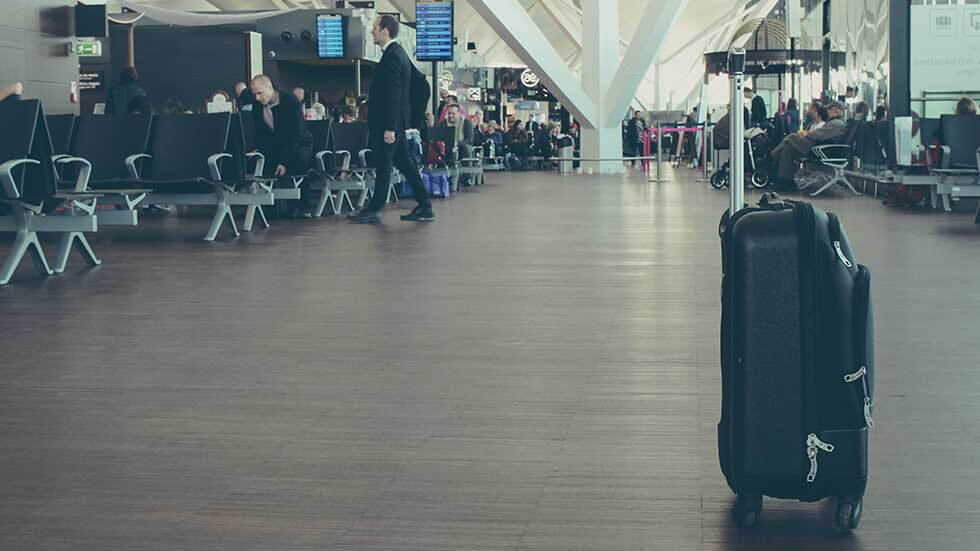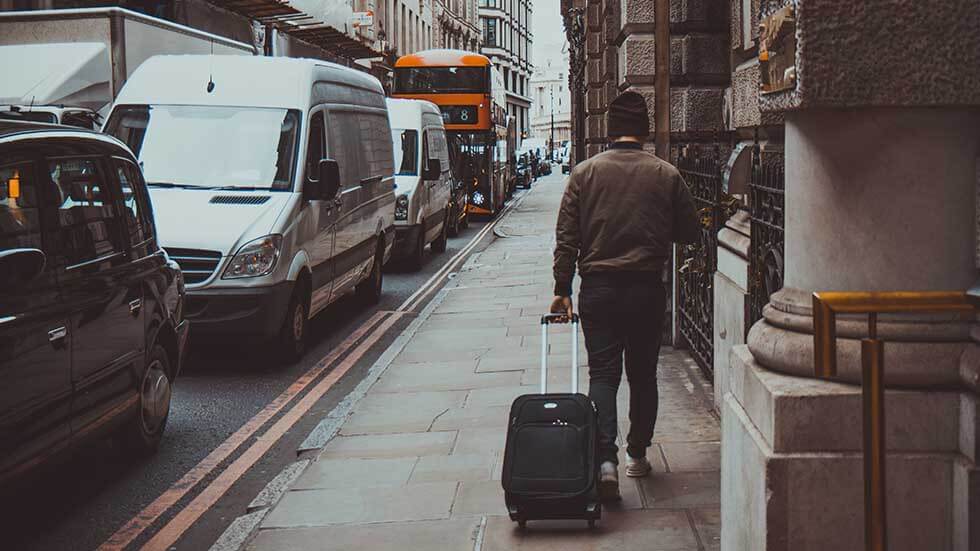I live out of a suitcase. My husband and I have been full-time travelers since 2011, so luggage plays an important role in our lives. I’ve learned to be efficient in my packing, using luggage that’s functional, sturdy, and not too big.
Here are some guidelines to help you do the same.
Size and weight
Most people overpack. A good rule is to bring along less (or smaller) luggage than you think you need. Overly large suitcases encourage packing unnecessary extras, which adds weight that you’ll have to haul around. Even if your cruise or tour includes luggage transfers, you still have to lug your baggage to the airport and in your hotel or stateroom.There’s no sense starting with a heavy bag and then packing it with even more weight. Look for luggage brands that offer a “lightweight” line, and purchase the lightest bag possible—without sacrificing sturdiness. My main suitcase is a 21-inch model that weighs just under six pounds. It’s small enough to fit in most airlines’ overhead bins yet large enough to hold what I need.

Wheel configuration
For several years, I used two-wheeled suitcases. These work well, but the tilt-and-pull motion was wrenching my shoulders. A few years ago, I switched to a four-wheel spinner model (so-called because the suitcase can spin 360 degrees on its wheels), which has been much easier on my joints. Note that spinners can get difficult to maneuver on carpet or rough surfaces, such as cobblestones. In these circumstances, it’s best to tilt the bag so that it works like a two-wheeled suitcase. Shop for spinners with rear wheels that rotate smoothly and are sturdy enough to handle this conversion. Otherwise, you’ll be dragging along a bag that behaves like a reluctant shopping cart.
External features
There are two schools of thought when it comes to exterior materials: hard shell versus soft sided (fabric). Both come in lightweight versions. I prefer the fabric exterior as it has a little extra “give” in case I need to cram in a few more items. Soft-sided suitcases are also more forgiving during those inevitable times when your luggage bangs into your shins. They also offer exterior zip pockets that are handy for stowing tickets or often-used accessories.
When shopping for soft-sided luggage, look for ripstop fabrics, which resist punctures and minimize tearing. If you prefer hard-shell cases, look for lightweight material that is flexible; bags that are too stiff are prone to dent or break.
Examine the handles carefully. Quality luggage will have sturdy telescoping handles that adjust to different heights. Inexpensive pieces have flimsy handles that aren’t height adjustable.

Interior features
Think of where a suitcase will be placed when it’s opened—likely on a luggage rack in a hotel room, on a bed or on a floor. A single large interior compartment works best for maximum storage. Avoid luggage that opens “half-and-half” style—that is, half the compartment is on one side, and half is on the other. This configuration makes the open suitcase too large to fit on a luggage rack and takes up valuable space if opened on the hotel room floor.
Price range
I prefer moderately priced suitcases, generally $80 to $250. Those cheap “four bags for $100” sets sold in discount stores are usually poorly made and unlikely to withstand the rigors of travel. Expensive designer bags may look stylish, but they are a magnet to thieves.
Once you’ve chosen a suitcase, test-pack it at home, and put it through its paces. If it’s too heavy, or some feature doesn’t work, exchange it. There are plenty of annoyances when traveling; your suitcase shouldn’t be one of them.
